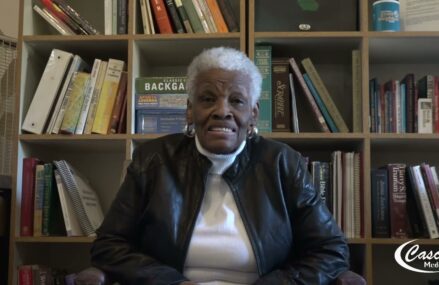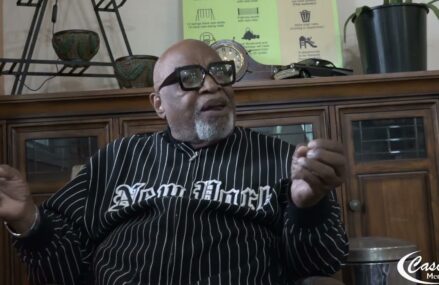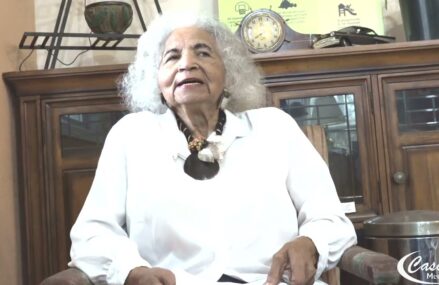The Leeds-Dunbar Neighborhood, one of the oldest Black communities in Kansas City, was founded as a manufacturing area in 1889. Initially a predominantly white industrial community, it saw a significant demographic shift in the early twentieth century when African Americans, facing limited options for land ownership in Kansas City, moved into the area. Realtors were more willing to sell to them, making it an accessible place for Black families. Despite the modest living conditions, with many homes lacking modern amenities, the neighborhood thrived. The establishment of the Dunbar School in 1917, named after the renowned Black poet Paul Laurence Dunbar, marked a significant cultural milestone. Following World War II, Leeds experienced a period of prosperity with residents finding employment in nearby manufacturing plants, and homes were upgraded with indoor plumbing and running water. However, post-1950, many residents sought better housing in the suburbs, leading to a gradual decline and the eventual razing of many original buildings.



